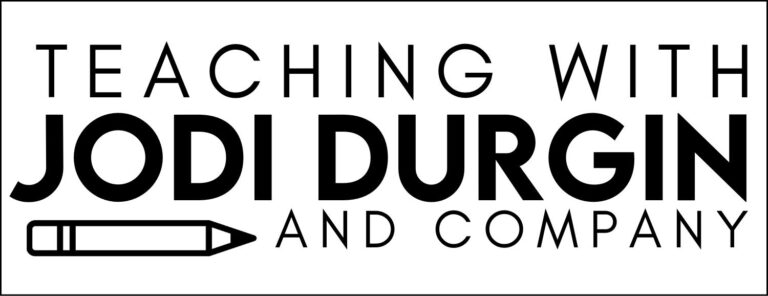The Science of Reading teaches us that there needs to be a systematic approach to phonics. For reading intervention, that means we must differentiate, be explicit, and gather data to track student progress. Read below to see reading intervention ideas in relation to the Science of Reading!
10 Science of Reading Intervention Ideas
Below are 10 ideas for science of reading interventions.
1. Differentiate
Be sure to differentiate! Think about effective grouping by analyzing student errors. Challenges with vowels? Group students! Struggling with automaticity? Group students! By having small, attentive groups, you can really be effective. See the small group post to learn more!
2. Be Explicit
Science of Reading shows us that we have to have a clear focus with a scope and sequence in mind. Do not overload students with phonics rules at one time, rather, have them master a skill before moving onto the next one.
3. Use Multi-Sensory Tools
By using multi-sensory tools, students are involved in kinesthetic learning. This type of modality helps to make connections in the brain! Students can write in shaving cream, sand, or salt boxes.
4. Clearly Collect Data
To be systematic and explicit, we need to collect data as we go to inform instruction! Take notes on students’ phonemic awareness accuracy, as well as decoding accuracy and automaticity. Track where common errors are to know what to focus on in the future!
5. Targeted Phonemic Awareness
As the Science of Reading has taught us, we need to directly teach and master phonemic awareness skills. Programs such as Heggerty provide clear and sequential scopes and sequences for students. Within this domain, have students use their hands or stones to manipulate phonemes within words!
6. Blending and Segmenting Boards
Blending boards help to connect phonemic awareness and the alphabetic principle. Create words using letters on the blending boards. Interchange vowels or consonants on the board to help with students’ word attack skills.
7. Repeat, Repeat, Repeat
Using decodable passages, students can increase their oral reading rate and decrease errors through repeated readings! Have students graph their time with a specific passage to show how, with practice, they can become faster readers.
8. Spelling Aloud
While some programs call this SOS (Simultaneous Oral Spelling), it is key to connect the sounds to the letters when we spell. This helps our brain make connections, strengthening the different pathways between lobes! For example, have students spell dog. They would touch fingers around their hand to segment the sounds, then state the corresponding letters- all before even writing!
9. Practice That Handwriting!
To help increase their speed when it comes to writing, have students practice letter formation. This helps to reduce their cognitive load when it comes time to spell!
10. Dictation Journals
Want students to see their progress? Provide them with dictation journals! Have students practice handwriting, spelling, and sentence writing each session. Error tracking can all be in one accessible place!
In closing, we hope you found this information about science of reading interventions helpful! If you did, then you may also be interested in these posts:

